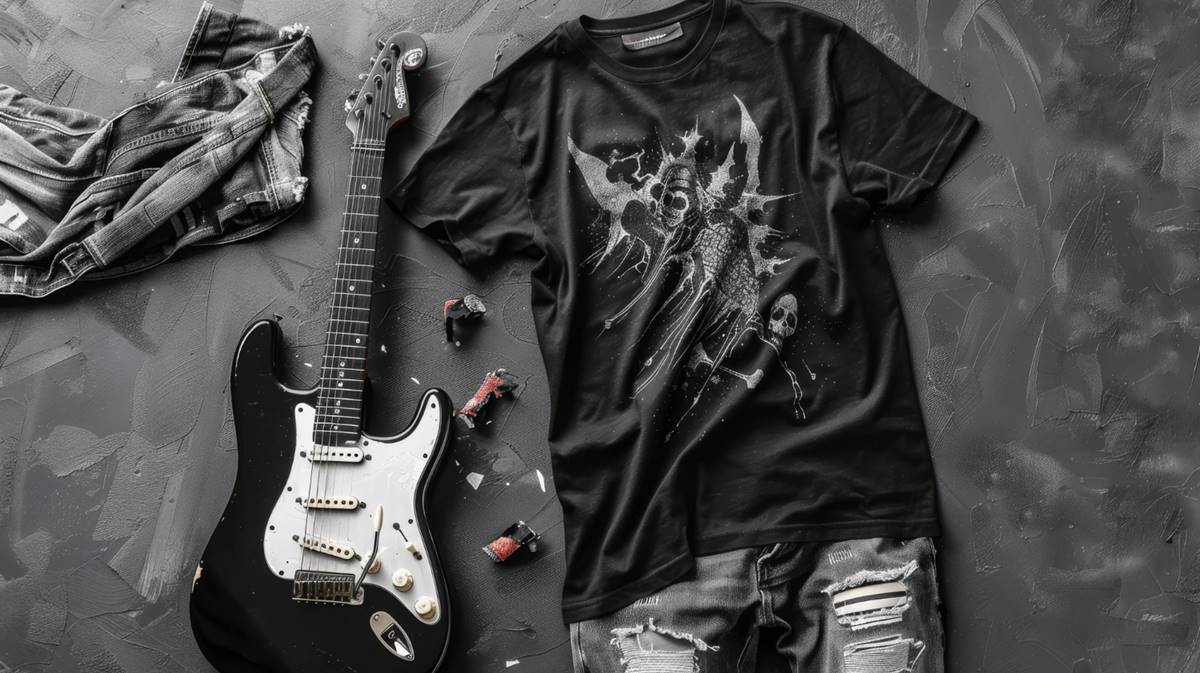Selling music across Europe is no longer just about booking venues—it’s about connecting with audiences in meaningful ways, regardless of language or country. In this landscape, merchandise has become one of the most powerful tools for independent bands to build recognition, increase revenue, and establish a transnational identity.
As bands tour across borders or develop international online audiences, they need merchandise that travels just as well as their songs. But appealing to diverse markets like Germany, France, Poland, or Spain requires more than just slapping a logo on a T-shirt.
Europe isn’t one market—it’s many
One of the biggest mistakes artists make is treating Europe as a monolithic territory. But cultural preferences, fashion sensibilities, and even legal frameworks differ from country to country.
In northern Europe, minimalism tends to resonate: monochrome color palettes, clean typography, functional designs. In southern Europe, brighter colors, playful motifs, and expressive graphics often perform better. In countries with strong environmental consciousness—like Sweden or the Netherlands—sustainable materials and ethical production are not just appreciated, but expected.
Understanding these nuances is key. Smart bands don’t just translate their lyrics—they translate their visual identity to suit the preferences of local audiences.
This doesn’t mean compromising artistic vision—it means expressing it more effectively. Localized design variations, tour-city specific editions, and regionally inspired artwork can create a sense of connection and exclusivity.
Platforms like wearetherealpimp.com allow artists to produce targeted, high-quality merchandise tailored to different regions without sacrificing consistency or brand identity.
Logistics, pricing, and regulation: the European challenge
Selling physical merchandise across Europe comes with real-world complications. VAT rates differ between countries. Shipping costs vary, and customs declarations can slow down delivery or add unexpected fees.
Bands who want to scale internationally need to plan their logistics carefully. Offering region-based pricing, using fulfillment centers within the EU, and clearly communicating delivery times and return policies are critical for maintaining trust.
Currency differences also matter. While most of Europe uses the euro, countries like Hungary, Denmark, and Sweden do not. Smart webshops allow buyers to see local currency prices and payment methods (e.g., Klarna in Scandinavia, iDEAL in the Netherlands, PayPal across much of the continent).
Touring bands can also benefit from strategic pre-shipping—sending stock in advance to venues or local agents to avoid carrying bulk merchandise through airports and borders. That said, smaller bands with limited budgets can still work effectively with lightweight and compact products that fit into suitcases.
Digital tracking of what sells where is essential. Maybe your lyric tees work best in Germany, but your graphic hoodies sell out in the UK. Knowing what resonates in which region allows for smarter restocking and more effective marketing.
Custom merch as cultural connection
The beauty of music is its power to cross borders—and merch can do the same. But it does so most effectively when it respects and reflects cultural context.
In multilingual countries like Belgium or Switzerland, offering bilingual or even trilingual items can expand appeal. Bands who tour extensively in France might incorporate French-language slogans or visual nods to regional themes. In Eastern Europe, where international tours are still growing, being among the few bands to offer high-quality merchandise can instantly raise your perceived professionalism.
At the heart of it all is authenticity. European audiences value uniqueness and honesty. Factory-made merch that feels impersonal won’t get far—but products that tell a story will.
Tour-specific collections that change with each country or city can make fans feel seen. Collaborations with local visual artists or designers can add regional flair while opening up new audiences. And always—always—respect the aesthetic codes of your genre and your crowd.
One mention of custom merchandise for bands on a well-designed product in Berlin or Barcelona can lead to new Spotify followers, word-of-mouth buzz, and future booking inquiries. This is merchandise as cultural currency.
More than merch: building a pan-European presence
As streaming democratizes discovery, more European fans are finding bands across borders than ever before. But real presence requires physical markers—something fans can wear, hold, and show off.
That’s where custom merch shines. It helps a band say: “We’ve been here, and we’ll be back.” It also enables fans to carry a piece of the music with them—at school, in cafés, at other concerts.
Brands like wearetherealpimp.com help artists produce smart, stylish, and scalable merchandise that works in Paris as well as Prague. Their expertise makes it easier for bands to balance local customization with consistent brand storytelling.
And the benefits go far beyond direct sales. Well-branded merchandise builds fan loyalty, social reach, and even media interest. A band that puts effort into merch signals that it’s serious—not just about music, but about message and identity.
For artists hoping to break out of local scenes and build cross-border fanbases, investing in smart, culturally-aware merchandise isn’t optional—it’s essential.
